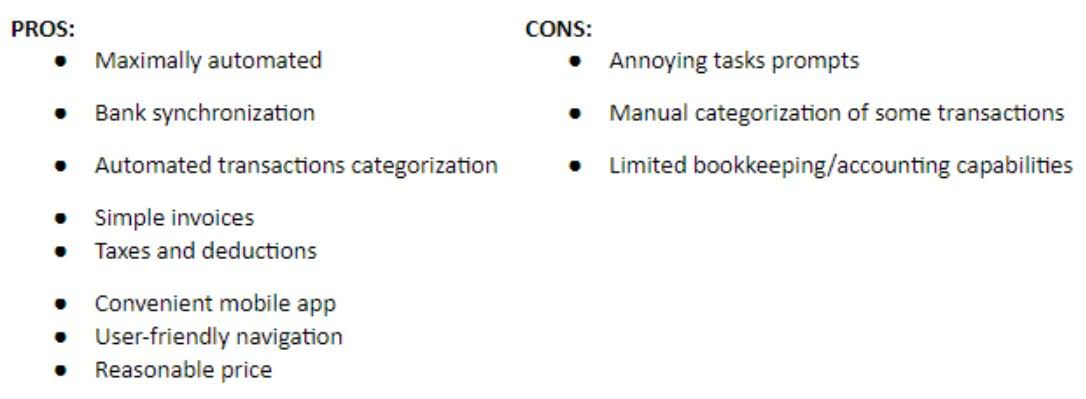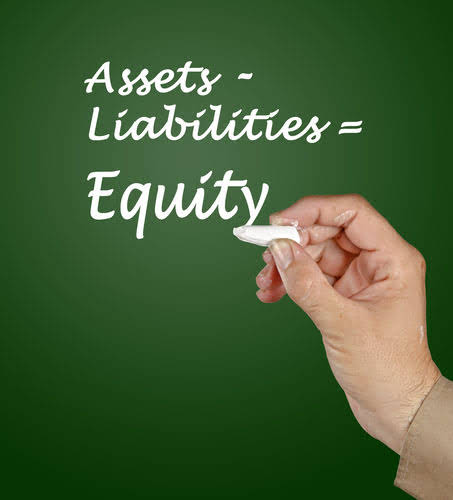What Is Journalizing Transactions In Accounting? Tips For Businesses

Accounting is the art of recording, classifying, summarising and analyzing business transactions and interpreting the results thereof. In accounting, only those transactions and events are recorded which can be measured in terms of money. Additionally, it can lead to lost revenue, decreased efficiency, and a damaged reputation. This internal report lists all ledger accounts with their balances at a specific date, ensuring that total debits and credits align.
Presentation of Financial Information
- Precision is critical when posting to ledgers, as errors can lead to discrepancies in financial reporting.
- Compliance with GAAP is important for companies because it ensures that their financial statements are credible and reliable.
- Summarizing involves creating financial statements from the classified transactions.
- Obviously, if you don’t know a transaction occurred, you can’t record one.
- Investment analysts can review the financial statements to arrive at their thoughts on the company.
Consistent record-keeping practices ensure tax returns are prepared with accurate information, reducing risks. This is particularly important given the evolving tax landscape, where law changes must be reflected in financial records. The closing of the books also marks the start of the next accounting period. The cycle is complete, and it’s time to begin the process again, starting with step one. After the financial statements are completed, it’s time to close the books. This can be a good time to reflect and compare the firm’s performance with other periods and peers.

Best Practices in Financial Accounting

Examples of accounting transactions include the purchase of inventory, payment of rent, sale of goods, retained earnings and receipt of payment from customers. Accounting is an essential part of any business, as it helps to keep track of financial transactions. The cash flow statement tracks cash inflows and outflows, categorized into operating, investing, and financing activities, ensuring liquidity management.
Step 3. Post transactions to the general ledger
The transaction is recorded as a debit to cash and a credit to unearned revenue, a liability account. When the company earns the revenue next month, it clears the unearned revenue credit and records actual revenue, erasing the debt to cash. The next step in the accounting cycle is to post the transactions to the general ledger. Think of the general ledger as a summary sheet where all transactions are divided into accounts. It lets you track your business’s finances and understand how much cash you have available. Transactional accounting is the process of recording the money coming in and going out of a business—its transactions.
- The balance sheet lists a company’s assets, liabilities, and equity at a specific point in time, providing insight into its financial position.
- Accrual basis accounting captures transactions when they occur, regardless of the timing of cash flows, and utilizes the double-entry system to ensure comprehensive and accurate recording of financial events.
- Xero also offers a mobile app, making it easy for business owners to manage their finances from anywhere.
- By creating trial balances and financial statements, it’s easier to categorise them.
- Accounting software can automate complex accounting tasks, such as bookkeeping, invoicing, and financial reporting.
The financial statement is the final piece of document that comprises the components of all the other accounting documents. The financial statements are what will be provided to the public and to regulatory bodies for viewing. Investment analysts can review the financial statements to arrive at their thoughts on the company.
Recording Transactions: Accounts Payable
The balance sheet offers a snapshot of the company’s financial position, listing assets, liabilities, and equity. The cash flow statement reconciles net income with actual cash movements, categorizing them into operating, investing, and financing activities. Once journal entries are recorded, they are posted to the general ledger, which organizes financial information by account categories such as assets, liabilities, equity, income, and expenses. This process tracks the cumulative effect of transactions and prepares the data for financial statements.
Tax accounts balance compliance with reporting rules while also attempting to minimize a company’s tax liability through thoughtful strategic decision-making. Accounting is the process of tracking the income and expenses of a business or other organization. They are the most common forms of transactions, which refer to those that are dealt with cash. For example, if a company purchases office supplies and pays for them with cash, a debit card, or a check, then that is a cash transaction. Income and expenses that flow in and out of your recording transactions in a journal bank account are generally straightforward.

Software does all that these days so you don’t have to worry about the confusing lingo. The moment you record a transaction differs depending on whether you use accrual or cash accounting. With accrual accounting, you record income and expenses when invoices are sent or received, but with the cash method, you enter transactions only when the money changes hands. The financial statements must show corresponding information for the preceding year(s) so that the users may be able to compare the financial performance, position and Bookkeeping for Etsy Sellers cash flows of different years. The measurement and display of the net financial effects of similar type of transactions must be treated in a consistent form.


Les commentaires sont fermés.